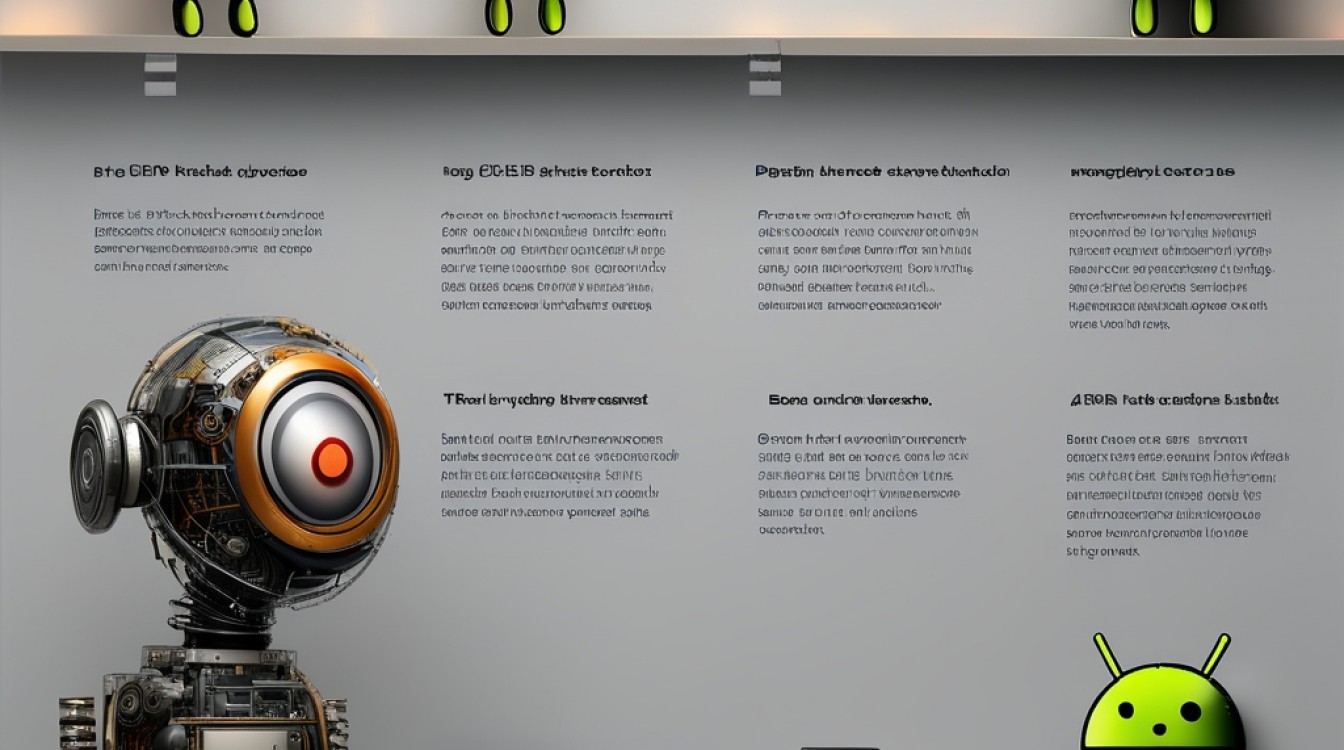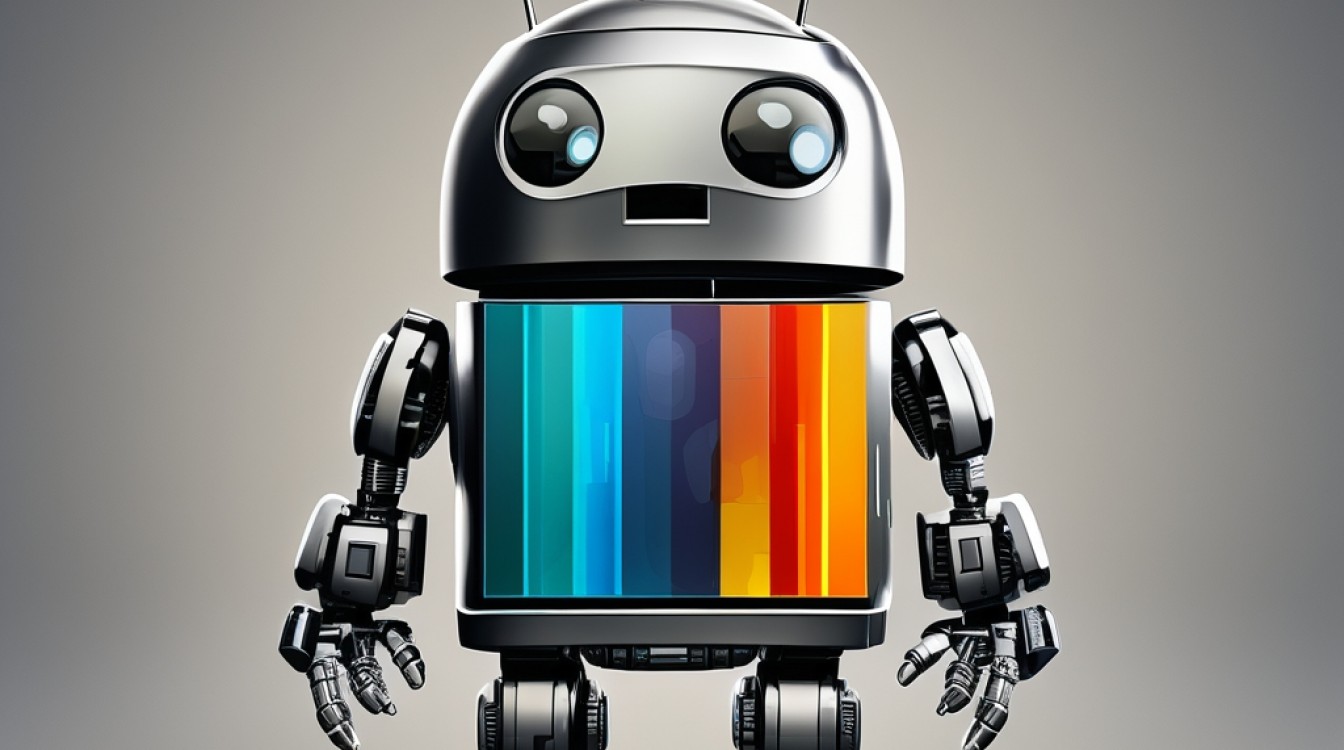一、
在Android开发中,实现3D立体旋转效果可以极大地提升应用的视觉体验和用户交互感受,通过自定义ViewGroup并结合Camera、Matrix等技术,我们可以轻松实现这一效果,本文将详细介绍如何在Android中实现3D立体旋转效果,包括关键步骤、代码示例以及注意事项。
二、实现步骤
1. 创建自定义ViewGroup
我们需要创建一个自定义的ViewGroup类,用于承载多个子视图并实现3D旋转效果,在这个类中,我们将重写onMeasure、onLayout和dispatchDraw等方法。
public class Rote3DView extends ViewGroup {
private Camera mCamera;
private Matrix mMatrix;
private Scroller mScroller;
private int mChildWidth;
private int mChildHeight;
private float mDepthZ; // Z轴深度
public Rote3DView(Context context) {
super(context);
init();
}
public Rote3DView(Context context, AttributeSet attrs) {
super(context, attrs);
init();
}
private void init() {
mCamera = new Camera();
mMatrix = new Matrix();
mScroller = new Scroller(getContext());
}
@Override
protected void onMeasure(int widthMeasureSpec, int heightMeasureSpec) {
super.onMeasure(widthMeasureSpec, heightMeasureSpec);
// 测量子视图
for (int i = 0; i < getChildCount(); i++) {
getChildAt(i).measure(widthMeasureSpec, heightMeasureSpec);
}
mChildWidth = getMeasuredWidth();
mChildHeight = getMeasuredHeight();
}
@Override
protected void onLayout(boolean changed, int l, int t, int r, int b) {
int childLeft = 0;
for (int i = 0; i < getChildCount(); i++) {
View child = getChildAt(i);
if (child.getVisibility() != GONE) {
child.layout(childLeft, 0, childLeft + mChildWidth, mChildHeight);
childLeft += mChildWidth;
}
}
}
}2. 实现3D旋转效果
在dispatchDraw方法中,我们使用Camera和Matrix来实现3D旋转效果,我们根据滑动距离计算旋转角度,并应用到每个子视图上。
@Override
protected void dispatchDraw(Canvas canvas) {
canvas.save();
canvas.translate(getWidth() / 2, getHeight() / 2);
mCamera.save();
mCamera.rotateY(mRotationY); // 根据需要调整旋转轴
mCamera.getMatrix(mMatrix);
mCamera.restore();
mMatrix.preTranslate(-getWidth() / 2, -getHeight() / 2);
mMatrix.postTranslate(getWidth() / 2, getHeight() / 2);
canvas.concat(mMatrix);
for (int i = 0; i < getChildCount(); i++) {
View child = getChildAt(i);
if (child.getVisibility() != GONE) {
child.draw(canvas);
}
}
canvas.restore();
}3. 处理触摸事件
为了实现手势控制3D旋转效果,我们需要重写onTouchEvent方法来处理触摸事件,根据滑动距离计算旋转角度,并更新视图。
@Override
public boolean onTouchEvent(MotionEvent event) {
switch (event.getAction()) {
case MotionEvent.ACTION_DOWN:
// 记录起始位置
mLastX = event.getX();
mLastY = event.getY();
break;
case MotionEvent.ACTION_MOVE:
float deltaX = event.getX() mLastX;
float deltaY = event.getY() mLastY;
// 根据滑动距离计算旋转角度并更新视图
mRotationY += deltaX * TOUCH_SCALE;
invalidate();
break;
case MotionEvent.ACTION_UP:
// 滑动结束时进行一些收尾工作,如保存状态等
break;
}
return true;
}4. 无限循环滚动
为了实现无限循环滚动效果,我们可以在滑动到第一个或最后一个子视图时,将其移动到视图末尾或开头,这可以通过修改scrollTo方法和onTouchEvent中的滑动逻辑来实现。
private void recycleMove(int realDelta) {
int scrollY = getScrollY();
int childCount = getChildCount();
// 如果向上滑动,且第一个子视图完全可见,则将其移动到视图末尾
if (realDelta > 0 && scrollY == 0) {
scrollTo(0, mChildHeight * (childCount 1));
} else if (realDelta < 0 && scrollY + mChildHeight == getHeight()) { // 如果向下滑动,且最后一个子视图完全可见,则将其移动到视图开头
scrollTo(0, 0);
} else {
scrollBy(realDelta, 0);
}
}三、注意事项与优化建议
1、性能优化:由于3D旋转涉及复杂的矩阵运算和视图绘制,可能会对性能造成一定影响,建议在必要时进行性能优化,如减少不必要的绘制调用、使用硬件加速等。
2、用户体验:在实现3D旋转效果时,要注意保持用户体验的流畅性和一致性,避免出现卡顿、闪烁等问题。
3、兼容性考虑:不同版本的Android系统在图形渲染方面可能存在差异,建议在开发过程中进行充分的测试,确保在不同设备和系统版本上都能获得良好的效果。
4、代码可读性与维护性:由于3D旋转效果的实现相对复杂,建议在编写代码时注重可读性和维护性,合理划分模块、添加注释和文档,以便后续的维护和扩展。


